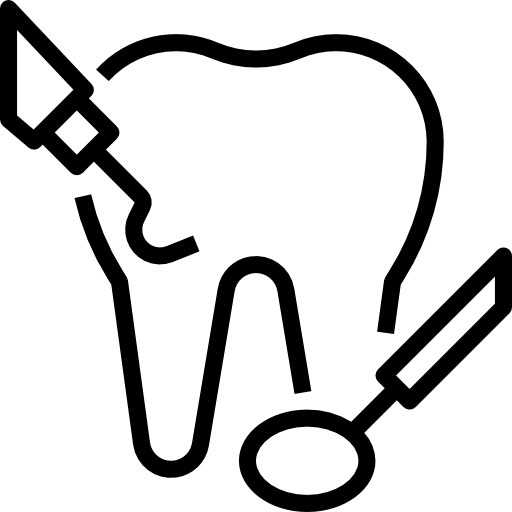
When to Upgrade Your Old Restorations
Upgrade Your Old Restorations
Upgrading old dental restorations can be a crucial decision for maintaining oral health and ensuring the longevity of your smile. While it’s easy to overlook minor defects or deterioration in older restorations, neglecting these issues can lead to more severe complications down the line. The key signs indicating that an upgrade is necessary include:
- Visible wear and tear.
- Recurrent discomfort or pain.
- Changes in the color or texture of the restoration.

Whether it’s a deteriorating filling, a cracked crown, or an outdated bridge, staying attentive to these warning signs is essential for preventing potential complications.
In addition to physical indicators of deterioration, advancements in dental technology offer improved materials and techniques that may enhance the functionality and aesthetics of old restorations. From stronger composite resins to more natural-looking porcelain crowns, upgrading your old repairs can not only address existing issues but also provide an opportunity for enhancing overall oral health and confidence. Consulting with a qualified dentist can help assess whether an upgrade is necessary based on individual circumstances and can provide valuable insights into modern treatment options that align with your dental needs.
Outdated Materials for old dental restorations
Many patients may need to be made aware that their old restorations could be showing signs of wear and deterioration, especially if they were done several years ago. The need to upgrade old repairs isn’t just about improving aesthetics; it’s also about ensuring the longevity and functionality of your dental work. With new materials such as ceramic and composite resin offering superior strength and durability, upgrading your old restorations can significantly enhance the overall health of your teeth.

Furthermore, outdated materials such as metal fillings or amalgam crowns may pose potential health risks due to their composition. Studies have shown that these older materials can leach harmful substances into the surrounding tissues, causing long-term concerns for patients’ overall well-being. Therefore, individuals with outdated dental restorations need to consult with their dentist on a regular basis to discuss the possibility of upgrading to newer, safer materials. Ultimately, staying informed about when to upgrade old restorations is crucial in maintaining optimal oral health while embracing modern advancements in dental care.
Mismatched Restorations
Mismatched restorations can often be a source of frustration and embarrassment for many dental patients. Whether it’s due to changes in dental technology or the wear and tear of time, these discrepancies can detract from an otherwise beautiful smile. While mismatched restorations may not always present functional issues, they can significantly impact a person’s self-confidence and overall satisfaction with their appearance.

It’s essential to recognize the signs that indicate when it’s time to upgrade old restorations. These may include discoloration, chipping, or uneven wear, which can all lead to aesthetic irregularities. Additionally, advancements in dental materials and techniques offer more natural-looking options for restoring teeth that are both durable and aesthetically pleasing. By addressing mismatched restorations promptly, patients can enhance their smiles while boosting their confidence and quality of life.
Receding Gums for old dental restorations
Receding gums, also known as gingival recession, can be a cause of concern for many individuals. This condition occurs when the gum tissue surrounding the teeth pulls back or wears away, exposing the tooth roots and making them more susceptible to damage. While receding gums can be a natural part of aging, other factors such as aggressive brushing, poor oral hygiene, hormonal changes, or genetics can also contribute to this problem.
One factor that is often overlooked in the discussion of receding gums is the role of old dental restorations. Over time, old fillings or crowns may become worn down and no longer provide adequate protection for the teeth. This can lead to an increased risk of gum recession and other oral health issues. As such, individuals with old dental restorations need to consider upgrading them in order to prevent further gum recession and maintain their overall oral health.






